|
Car transporters: You need a specific endorsement to be a car transporter driver. As the trailer extends over the cab, it creates a wide arc when turning and drivers need to be aware of this. The driver may be responsible for loading and unloading the vehicles.
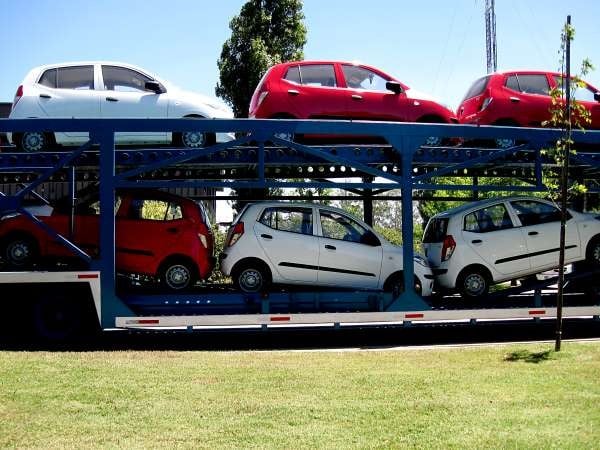
Full car transporter
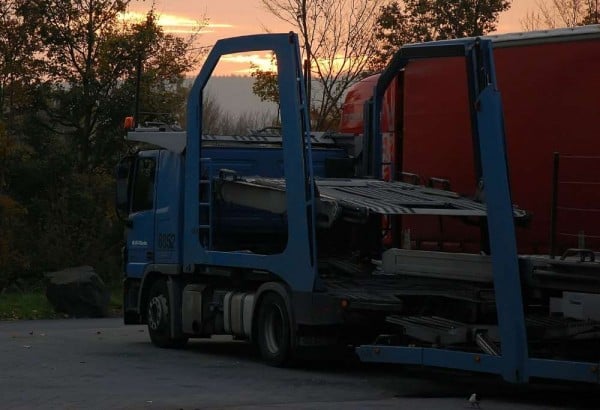
Car transporter showing front section over cab
Cement trucks: wet cement is taken to a building site in a revolving cement mixer truck
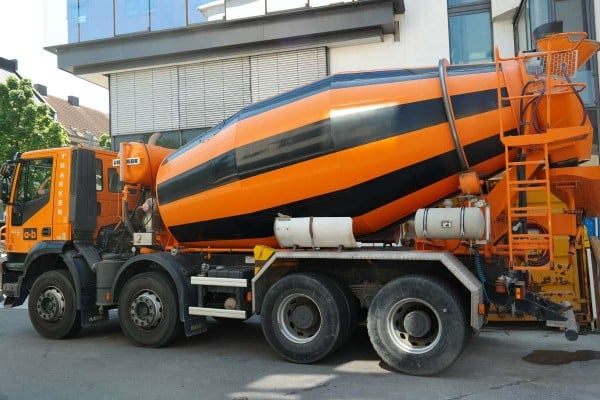
Concrete mixer truck
Chiller trucks and reefers (refrigerated containers): these keep the goods at a specific temperature, i.e. chilled or frozen. A reefer is a standard-sized container with a refrigeration unit, while a chilled truck is a box truck with a refrigeration unit.
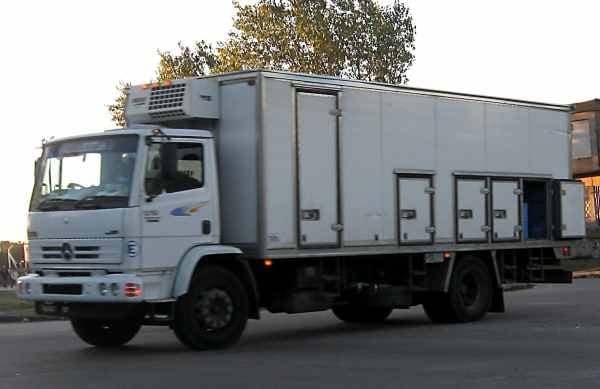
Chiller truck
Cranes: up to a certain size they can be driven on the road, if built that way. The crane operator will need to know how to safely park the vehicle and deploy the crane boom.
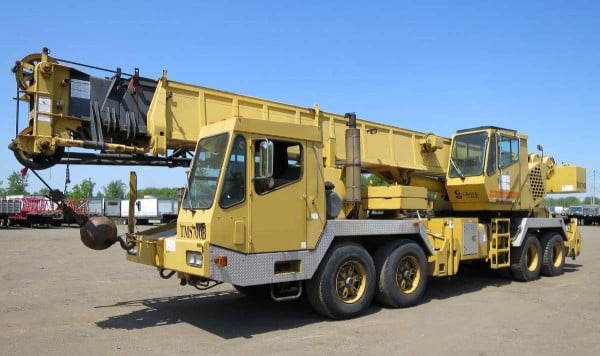
Mobile crane
Dry goods: the vast majority of shipments and freight within New Zealand are dry goods. They are usually carried in containers, high-sided trailers, box trucks or in a curtainside truck. The truck will be filled with pallets of goods that can be unloaded with a forklift truck from the side of the truck.

Curtain side truck
Some have a tail lift to help with unloading products.
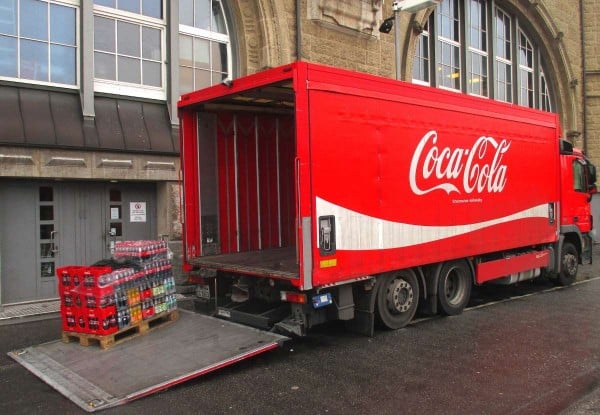
Box truck delivering drinks
Emergency response: fire engines require a heavy vehicle licence to drive unless they are driven on private land (e.g. an airport runway).
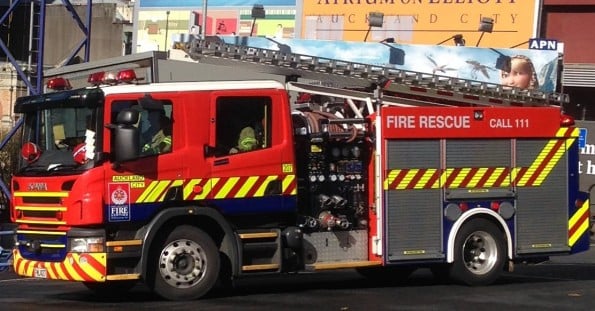
Fire truck in Auckland
Fire trucks that are more specialist work in large plants and airports
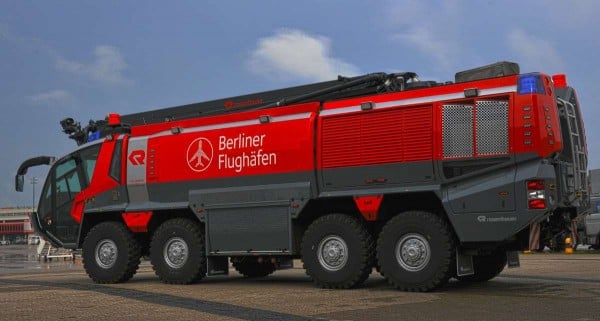
Flat-bed trailer: flat-bed trailers are versatile and used for carrying all kinds of items from steel girders and concrete pipes through to whole houses

This truck pulling a flat bed trailer is carrying a turbine blade
Furniture trucks: furniture trucks could be a box van or could be a separate prime mover and trailer. Drivers of furniture trucks usually help with the lifting so this is a much more physical job than a regular trucking driving job.
Highway maintenance trucks: Maintenance trucks have specific features that allow a person to stand on the back and place cones on the road, plus they have a retractable crash barrier plus strobe lights at the back and orange flashing lights on the cab.
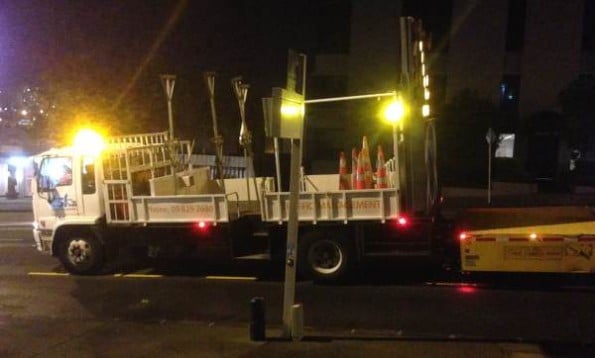
Livestock trucks: These carry sheep, cattle, pigs, goats, alpacas – any kind of farm animal en masse. There are also trucks which carry one-off zoo animals, but they are not livestock trucks. Drivers must be aware of the regulations for the safe and humane carrying of livestock.
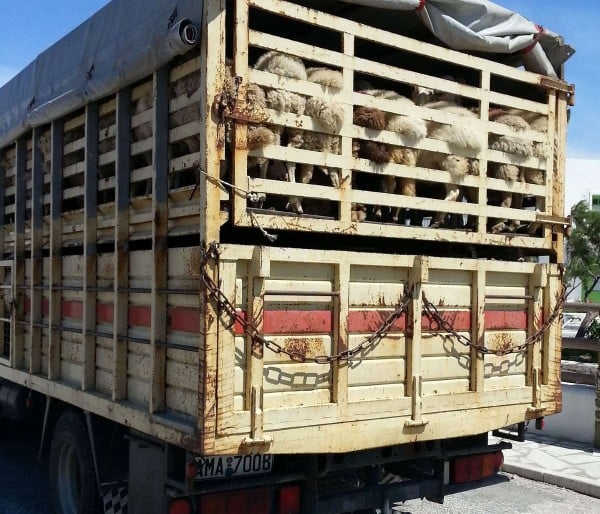
Stock truck with a load of sheep
Logging trucks: These have a cage to constrain the logs and are loaded from the top by a log loader
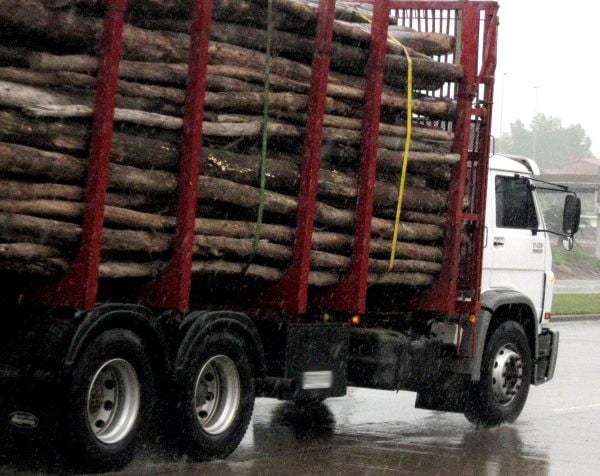
Off-road and non-road-registered:
trucks that work on mines and large construction sites might be too big to be road-registered. Drivers don’t necessarily need a heavy vehicle licence to drive them. This also applies to some farm machinery and tourist vehicles.
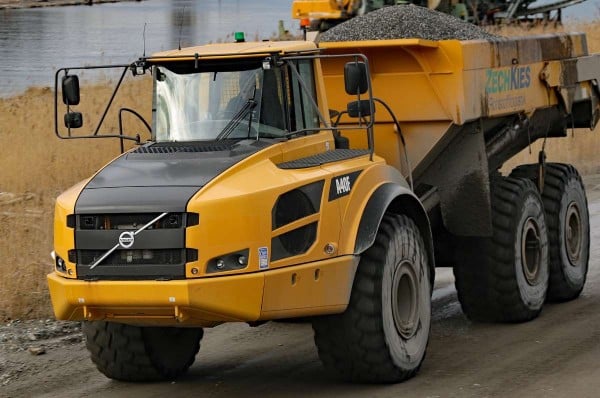
Dump truck
Refuse trucks collect rubbish from neighbourhoods and deliver it to a central depot. Some are left-hand drive.

Snow ploughs are used to help clear roads in winter. This can be dangerous work because of the weather conditions.
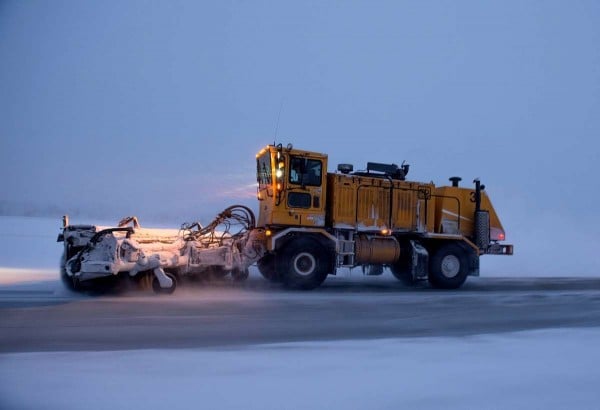
Tankers carry bulk liquids e.g. petrol, milk, etc and some solids e.g. corn, cement
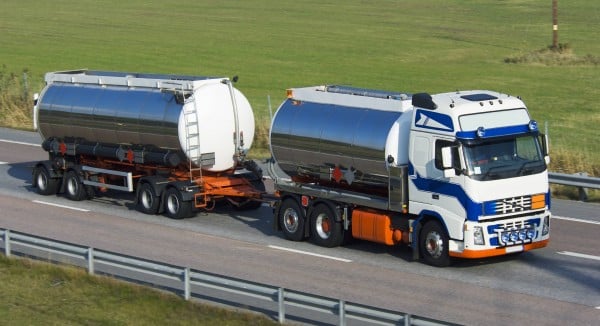
Tanker pulling a dog trailer (steering wheels at the front connected by an A-frame drawbar to the coupling on the back of the tanker)
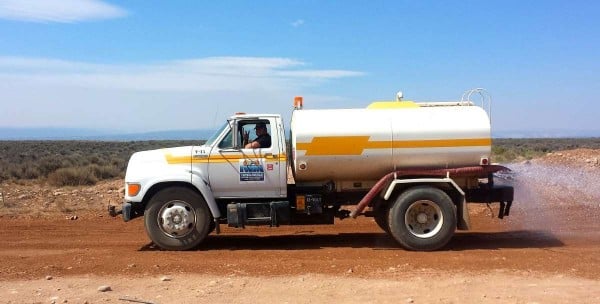
Small water tanker trucks are used to keep dust down on building sites and road works
Tipper trucks and trailers:
a tipper truck is a rigid truck where the trailer tips to enable quick off-loading of loose materials.
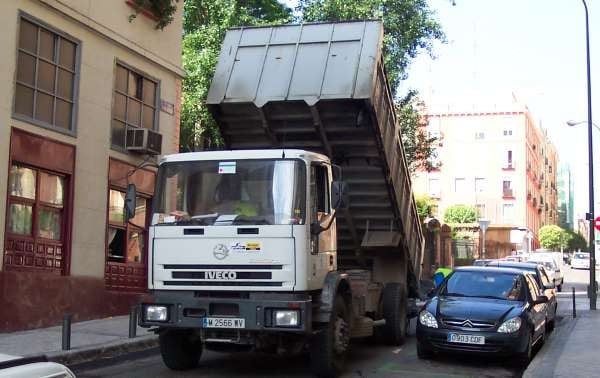
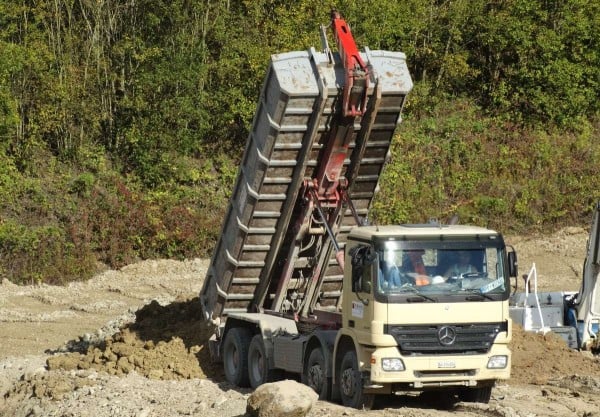
The two pictures above are rigid trucks with a tipper, but it could be a prime mover with a tipping trailer.
Tow trucks:
They either have a winch and ramps to allow the driver to pull an incapacitated vehicle onto the ramp and take it away, or larger tow trucks with heavy duty hooks can be used to tow buses and other trucks.
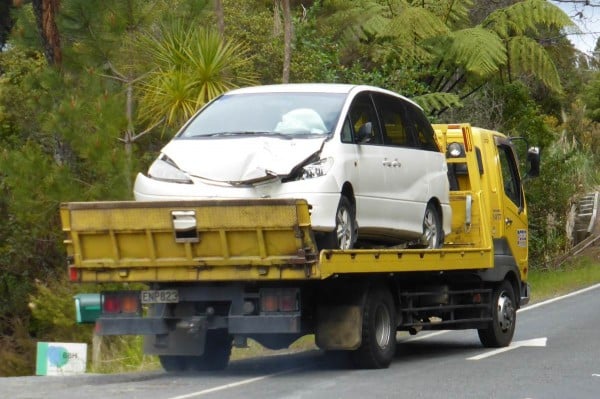
Small tow truck collects a car from an accident scene
|


































































































































































